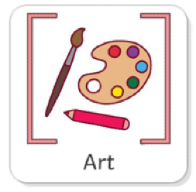Friday 12th September
Grammar Warm Up

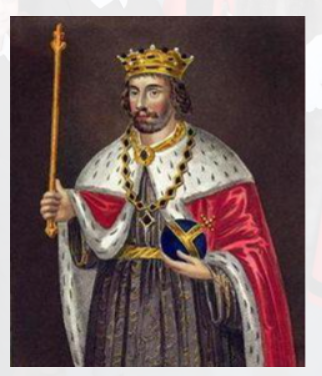

Choose one of the images to make an effective noun phrase using
adjectives + noun + prepositional phrase
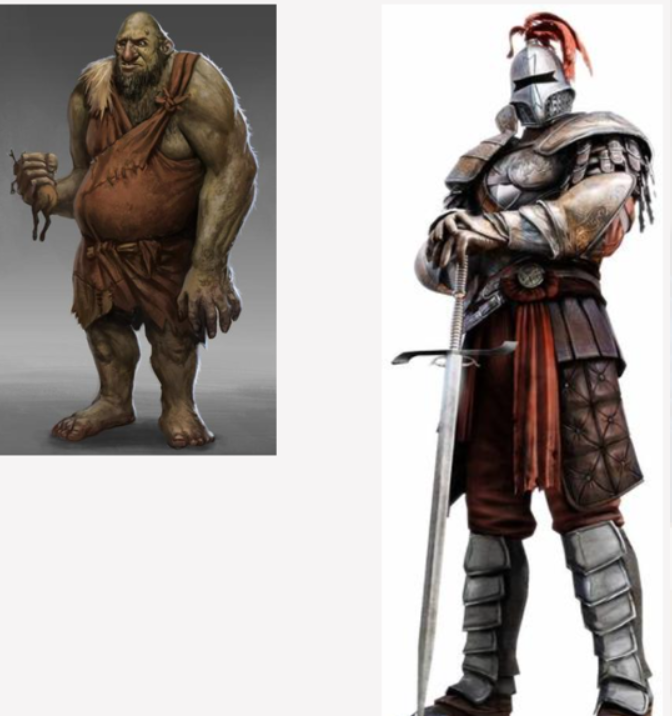

LC: to infer a character's thoughts and feelings from their actions and justify with evidence from the text
Let's read to the end of the story and find out what happens.
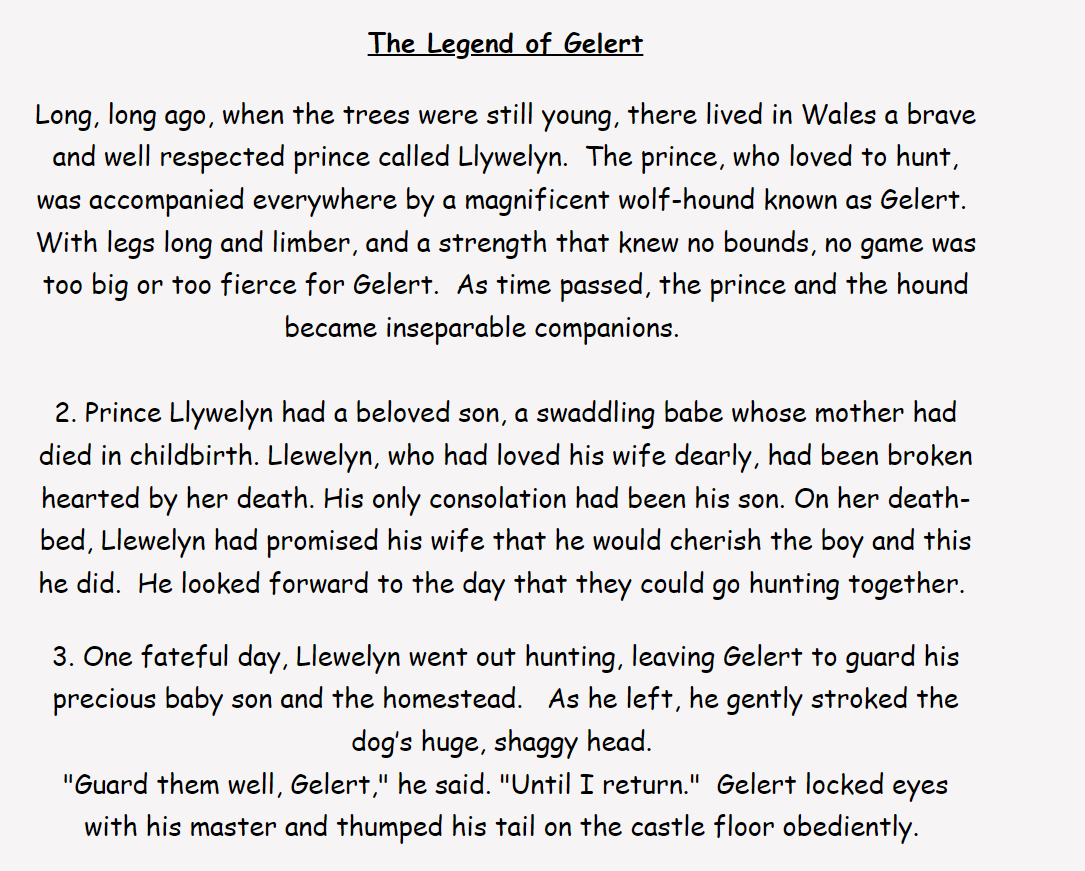
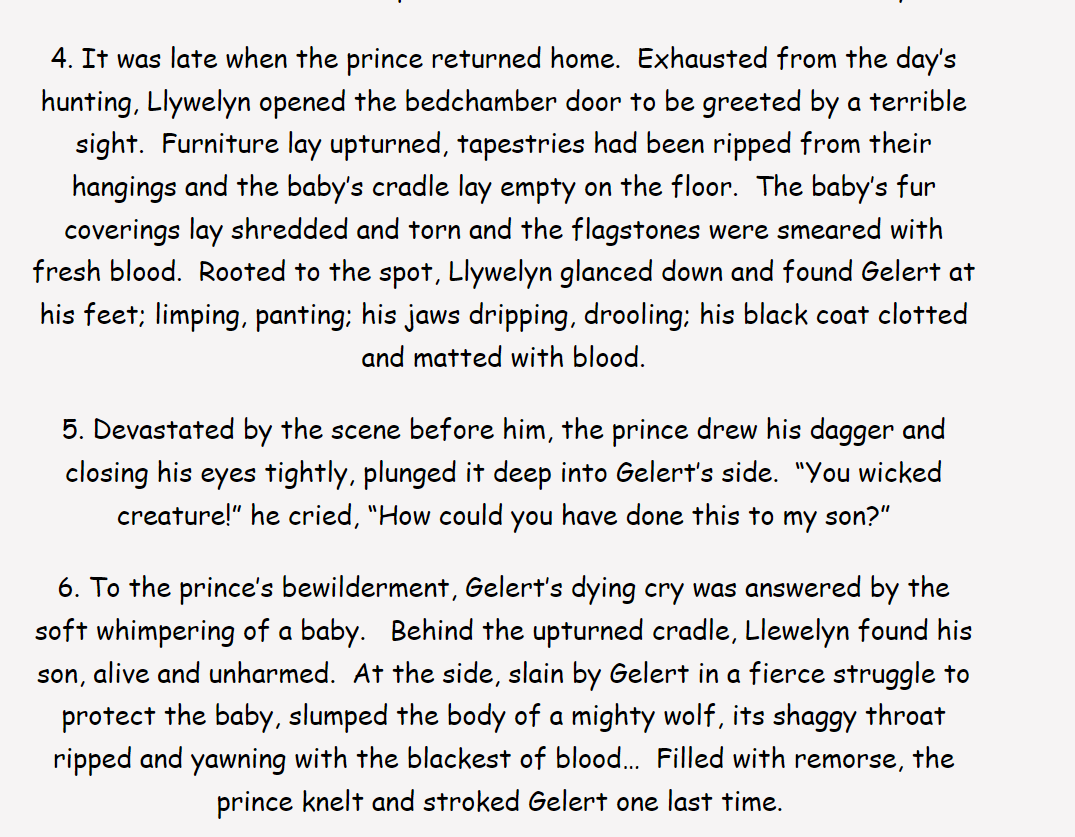

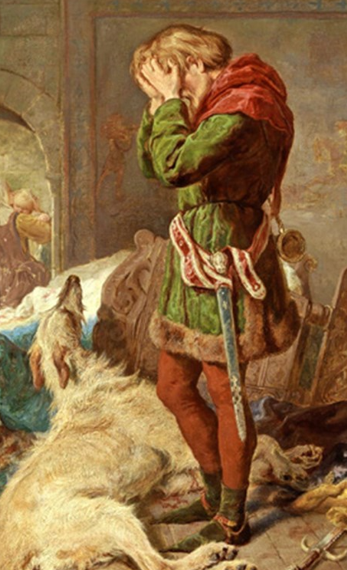
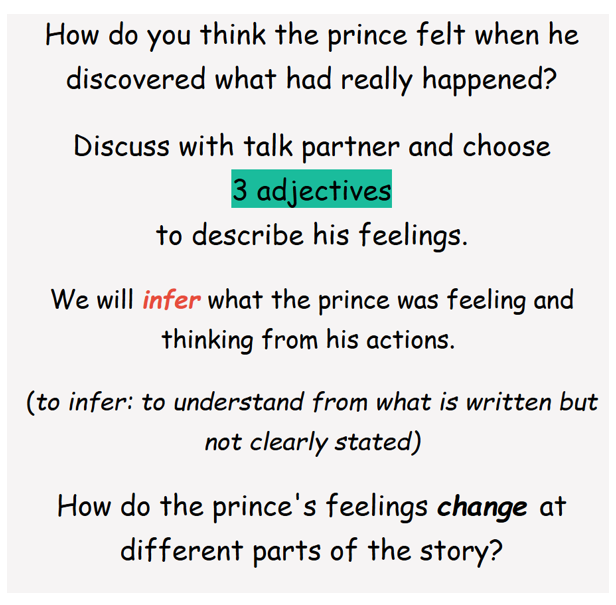

12/09/2025
LC: to compare numbers to 1000000





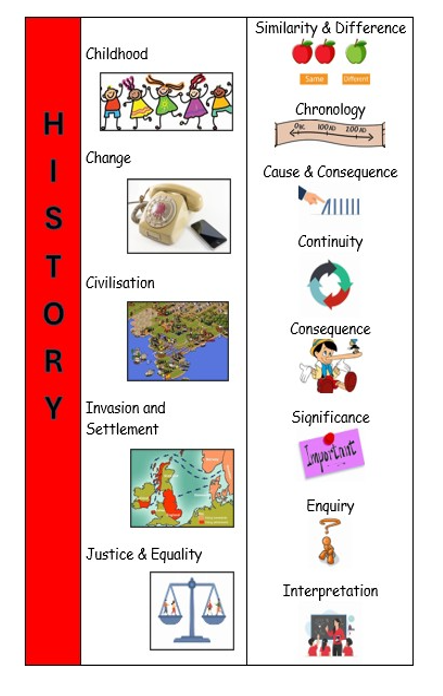
LC: to understand significant events in the Ancient Greek civilisation and to plot these on a timeline
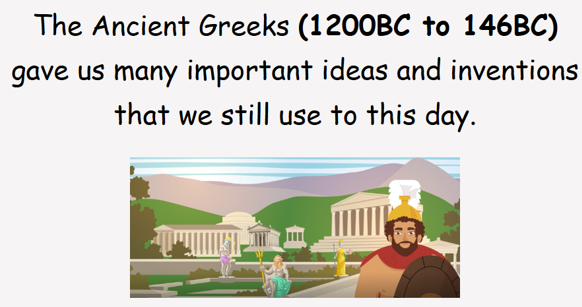
Let's look at an important event from ancient Greek times that we still have today.
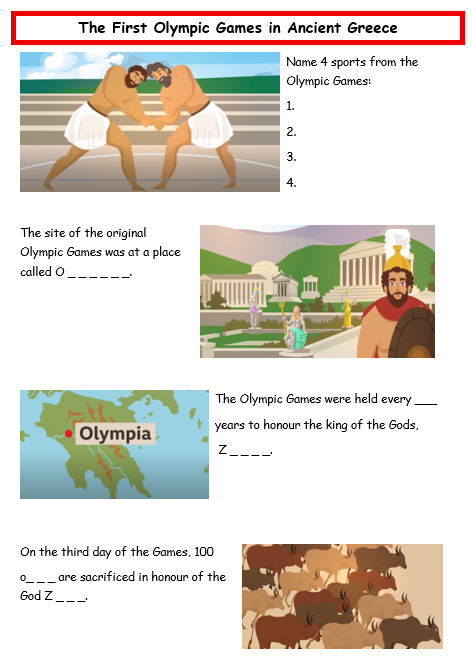
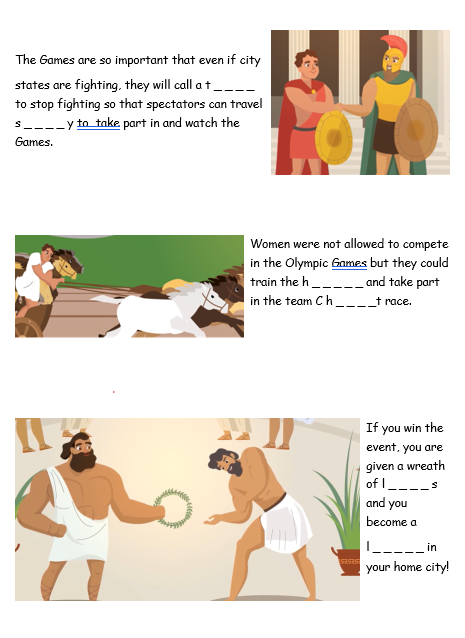 Let's look at some other important dates in the ancient Greek timeline.
Let's look at some other important dates in the ancient Greek timeline.
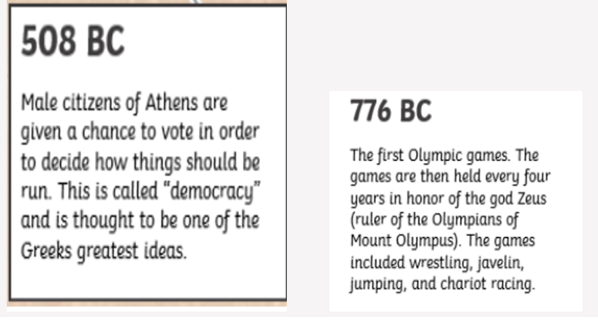
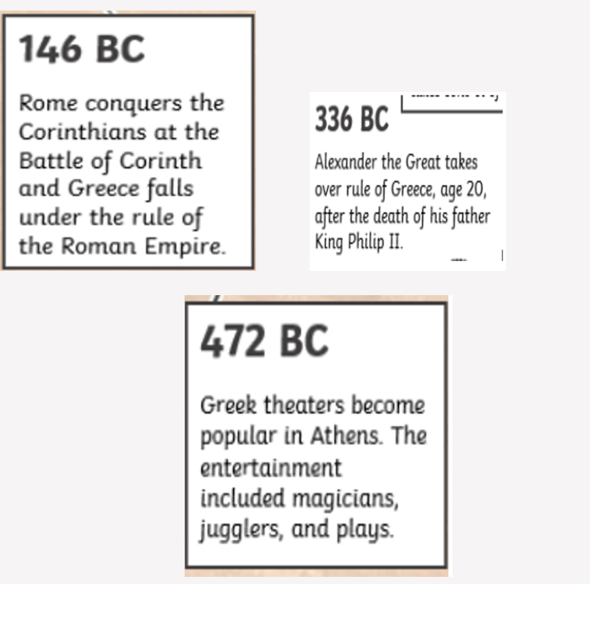
Make notes on your whiteboard to answer these questions:
What happened in 472BC?
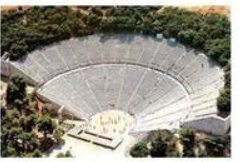 Which nation conquered the ancient Greeks in 146BC?
Which nation conquered the ancient Greeks in 146BC?
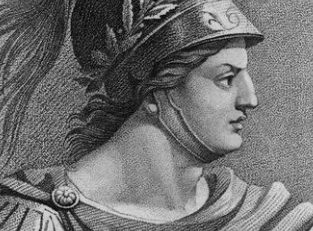
Which great King began his rule in 336BC?
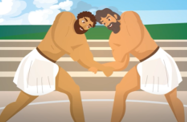
What great sporting event was first held in 776BC?

What right are men in Athens given in 508BC?
Using the information above, complete the missing information on the timeline.

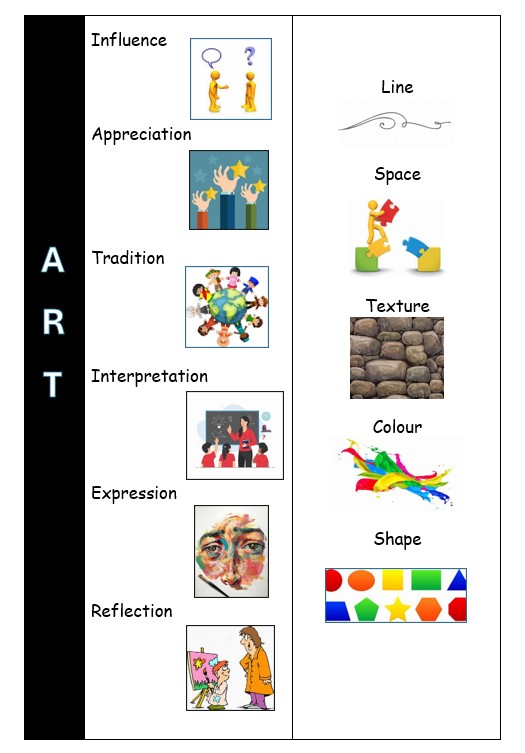





Ancient Greek vase paintings are one of the oldest forms of art in the western world. The earliest decorative pottery dates from the seventh millennium BC. Making vessels from fired clay was the most widespread creative industry in ancient Greece. A variety of shapes and forms were created, many of which continue to inspire the design of our own household objects today.


Greek architecture is considered a part of classical architecture, which also encompasses Roman architecture. The Greek style was defined by its uniformity, simplicity, proportions, and harmony.
Generally speaking, Greek architecture refers to the ancient buildings designed and developed by the ancient Greek cities and civilisations that existed throughout the Greek mainland.
We have a lot to thank ancient Greece for—the Olympics, Western medicine, democracy, and, of course, Greek architecture. The ancient civilisation, which encompassed the mainland, the Greek islands, and other areas along the Mediterranean (from modern-day Slovenia to western Turkey), produced precise and monumental buildings that have influenced thousands of years of architecture. These designs emphasised perfection over innovation, creating simple yet beautiful structures that are still referenced in modern designs.








Facts About Ancient Greek Sculptures:
- One of the most famous sculptures was called “Statue of Zeus at Olympia.” This statue was found in Athens.
- The statues of gods and goddesses were worshiped by the people.
- Terracotta figures were very large, larger than most statues.
- Gems were used to decorate the statues.
- Artists would sculpt gods, goddesses, mythical creatures, people and even figures from books.



A mythology creature such as the Griffin.
Griffins were mythical creatures with the head and wings of an eagle and the body of a lion. They probably originated in Near Eastern art and mythology, though they arrived in Greece at a very early period. According to the Greeks, the Griffins lived at the very edge of the world, where they hoarded gold and battled the legendary race of the one-eyed Arimaspians.









Medusa







